Introduction
Every canine owner is aware of the dread of discovering the ones tiny, undesirable critters crawling on their cherished puppy. Most assume these are fleas, however what if I advised you that not all dog insects are fleas? In this comprehensive manual, we’re going to delve into the arena of canine bugs, separate fact from fiction, and equip you with the information had to discover, prevent, and treat them correctly. Let’s embark on a adventure to ensure your bushy buddy enjoys a bug-unfastened and glad existence.
Understanding Dog Bugs
What are Dog Bugs and How Are They Different from Fleas?
To realise these pesky intruders, we need to first understand what they’re and how they vary from fleas. We’ll discover their kinds, characteristics, and why it is important to differentiate them appropriately.
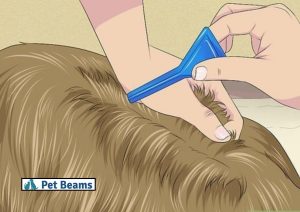
Dog bugs are a diverse group of parasites that can afflict your dog partner. While fleas are possibly the most famous, ticks, mites, lice, and diverse different bugs can infest your canine’s fur and pores and skin, causing soreness and health troubles.
Common Types of Dog Bugs
The Culprits Behind the Itch
This chapter will introduce you to diverse canine insects, which includes ticks, mites, lice, and extra. Each comes with its set of problems, and we will discuss their unique capabilities and behaviors.
Ticks: Ticks are arachnids that attach themselves on your dog’s skin, feeding on their blood. These tiny parasites can transmit sicknesses, making them a massive problem.
Mites: Mites are microscopic creatures which could cause numerous pores and skin troubles in puppies. Sarcoptic mange and ear mites are some of the common troubles related to mites.
Lice: Dog lice are wingless bugs that infest your dog’s fur and feed on their blood. While now not as commonplace as fleas, lice can nonetheless reason itching and pain.
Identifying Dog Bugs
Spotting the Unseen
Learn the art of figuring out dog insects thru their physical traits and your canine’s behavior. We’ll provide suggestions on a way to behavior a radical worm check in your bushy accomplice.
Identifying canine insects can be hard, as they regularly disguise deep within your pet’s fur or burrow beneath their pores and skin. Here are some not unusual signs and symptoms to appearance out for:
Itching: Persistent scratching, licking, or biting of the pores and skin may be a sign of a computer virus infestation.
Visible Bugs: In a few cases, you would possibly honestly see the bugs to your canine’s fur or pores and skin. Ticks, for example, are visible to the naked eye when they attach themselves.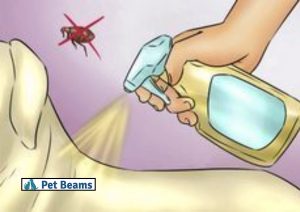
Skin Irritations: Look for redness, rashes, or sores to your canine’s pores and skin, which may be a end result of trojan horse bites.
Hair Loss: Some bugs, like mites, can motive hair loss or thinning in affected areas.
Unusual Behavior: If your dog is unusually restless, agitated, or torpid, it could be a signal of soreness due to bugs.
Prevention is Key
Keeping the Bugs at Bay
Preventing dog bugs is frequently less difficult and less annoying than treating an infestation. Discover practical strategies and guidelines to shield your dog from these pests, each interior and outdoors.
- Regular Grooming: Brushing and bathing your canine regularly now not best keeps their coat smooth and wholesome but additionally permits you to identify and eliminate any bugs before they emerge as a hassle.
- Tick and Flea Preventatives: Consult your veterinarian for secure and effective tick and flea prevention merchandise. These can consist of topical treatments, collars, or oral medicines.
- Clean Living Spaces: Regularly clean and vacuum your own home, together with your dog’s bedding and favored spots. This helps remove any insects or eggs which can have found their way indoors.
- Yard Maintenance: Keep your backyard properly-maintained. Trim tall grass, put off leaf clutter, and create a computer virus-free zone to your canine to play in.
- Check for Bugs After Walks: After walks or outside playtime, thoroughly check your dog for any hitchhiking bugs. Pay near attention to their ears, paws, and stomach.
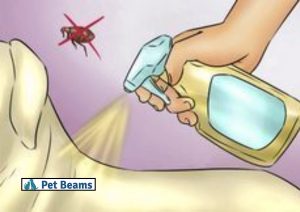
Dealing with Dog Bugs (Not Fleas)
Taking Action When Bugs Strike
When your canine encounters those unwelcome visitors, it’s vital to behave unexpectedly. We’ll discuss the symptoms of bug infestations and stroll you via the steps to efficaciously cope with them.
Symptoms of Bug Infestations
- Excessive Scratching: If your canine is scratching extra than standard, it could suggest a computer virus hassle.
- Skin Irritation: Redness, sores, or infected pores and skin can be a sign of bug bites.
- Hair Loss: Bugs like mites can motive your canine to lose hair in affected areas.
- Restlessness: If your canine appears strangely stressed, agitated, or uncomfortable, it’s worth investigating for bugs.
Steps to Deal with Dog Bugs:
- Consult Your Veterinarian: If you observed a worm infestation, are seeking for professional guidance out of your veterinarian. They can diagnose the issue and suggest suitable remedy.
- Isolation: If your canine has a contagious trojan horse infestation, consisting of sarcoptic mange, isolate them from other pets to prevent the spread.
- Medication: Your vet may additionally prescribe remedy or topical remedies to cope with the precise trojan horse hassle. Follow their commands carefully.
- Environmental Cleaning: Thoroughly smooth and disinfect your house, such as your dog’s bedding and toys, to prevent reinfestation.
- Regular Check-ups: After treatment, time table ordinary take a look at-united states of americawith your vet to make sure the bugs are gone and your dog is at the path to healing.
Natural Remedies and Treatments
Gentle Solutions for Your Furry Friend
Explore natural and mild treatments to treat canine bugs. From selfmade treatments to over-the-counter alternatives, we’re going to assist you’re making an knowledgeable choice for your puppy’s properly-being.
- Essential Oils: Some important oils like lavender and neem oil may be utilized in diluted form to repel insects. Always consult your vet before the use of critical oils on your dog.
- Bathing: A soothing tub with the perfect canine-friendly shampoo can help take away and repel a few bugs. Consult your vet for the high-quality shampoo in your canine’s condition.
- Diatomaceous Earth: Food-grade diatomaceous earth may be sprinkled on your canine’s bedding and dwelling areas to kill insects. Ensure it’s meals-grade and comply with protection precautions.
- Herbal Remedies: Herbs like calendula, chamomile, and aloe vera have soothing residences which could assist relieve itching and infection.
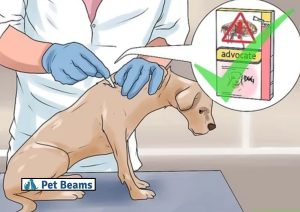
Bug-Free and Happy
Enjoying a Life Without Dog Bugs
In the very last chapter, we’re going to sum up the whole thing you’ve got learned, leaving you geared up to preserve your canine malicious program-loose and satisfied. We’ll also contact at the significance of ordinary take a look at-u.S.A.And maintaining a easy surroundings in your puppy.
Ensuring your dog lives a lifestyles unfastened from dog insects is a crucial a part of responsible pet possession. By know-how, identifying, preventing, and treating those insects, you take a good sized step closer to a more fit and happier dog.
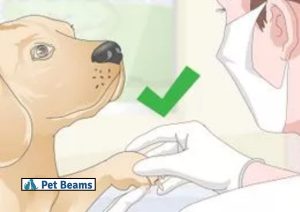
Remember, now not all bugs for your canine are fleas, however armed with this records, you could with a bit of luck shield your pet from these tiny intruders. Your canine merits nothing less than a computer virus-loose lifestyles packed with pleasure and luxury.
Conclusion
In end, canine insects can be a chronic nuisance, but they’re plausible with the proper knowledge and proactive measures. By knowledge the various styles of canine bugs, studying to perceive them, taking preventive steps, and understanding the way to treat infestations, you could make sure your bushy pal enjoys a happy, wholesome, and computer virus-unfastened existence. Always seek advice from your veterinarian for unique guidance for your dog’s health and properly-being. With your newfound expertise, you’re nicely for your manner to being the first-class trojan horse-busting puppy figure your dog may want to ever have.

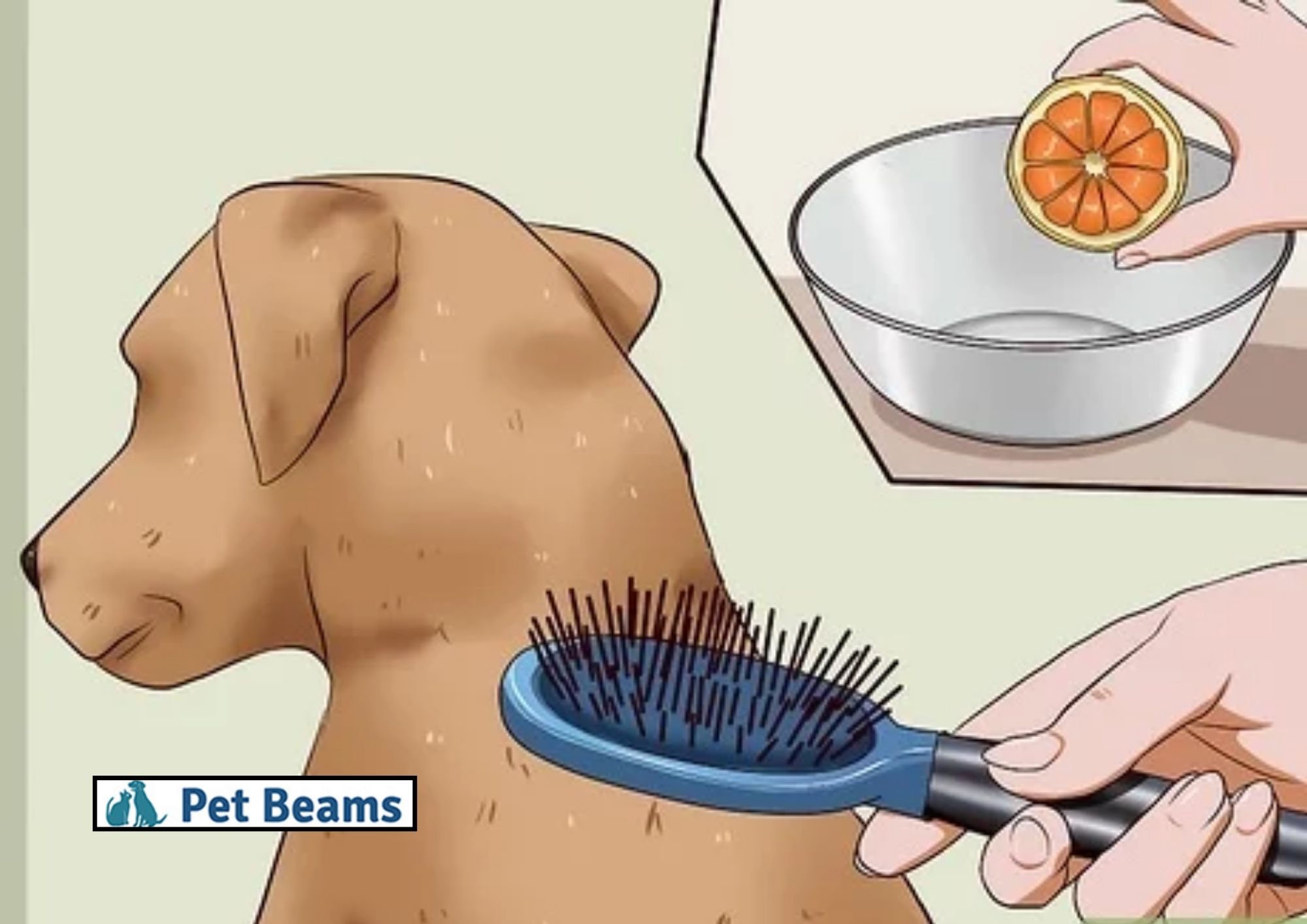
1 thought on “Common Dog Bugs not Fleas: Know the Difference”